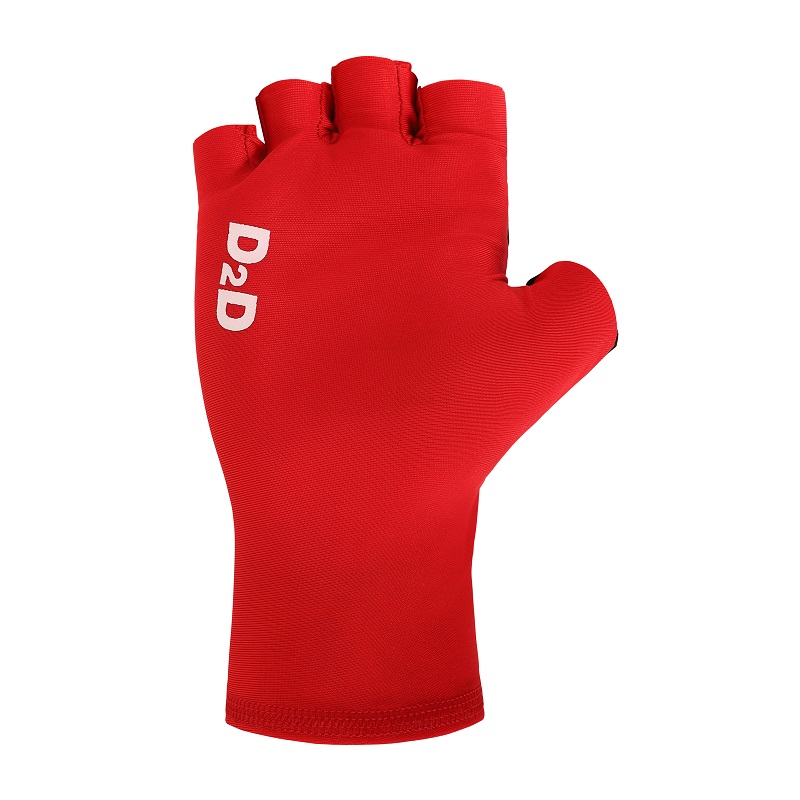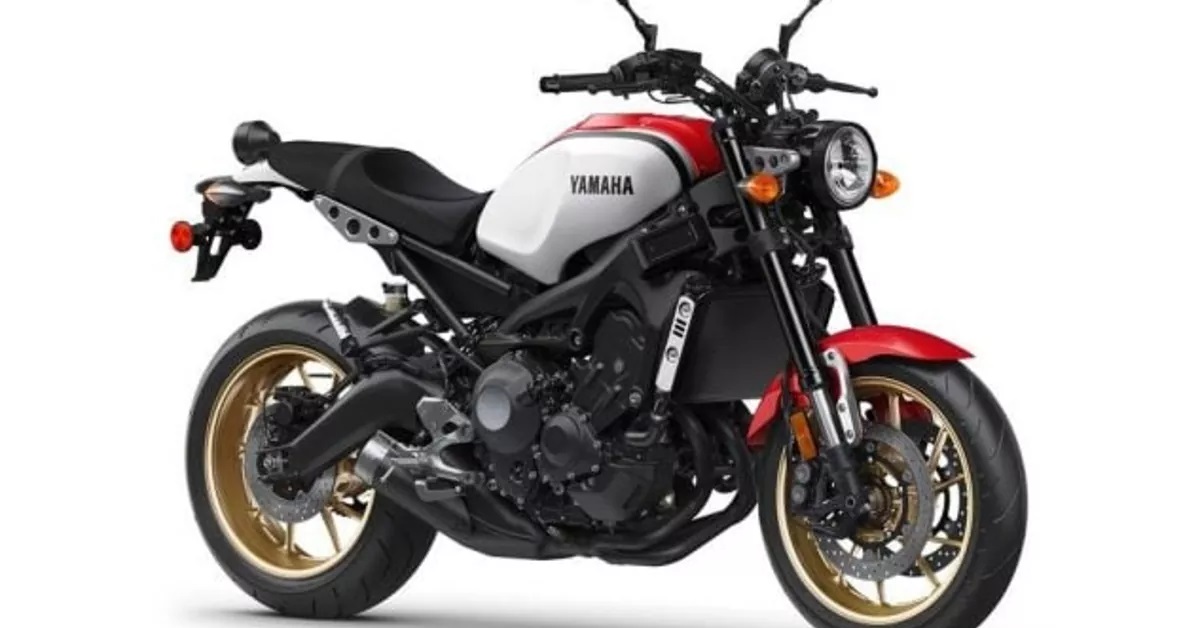The Importance of Wearing Gloves for Cycling
Best gloves for cycling!Cycling demands protection for your hands. Gloves shield against scrapes from falls or debris. They also lessen vibrations from the handlebars which can cause hand fatigue. This can improve your endurance on long rides. Gloves with a good grip enhance bike handling, making for a safer ride. In cold weather, they keep your hands warm, maintaining dexterity. During hot rides, they wick away sweat, preventing slippage. The best gloves for cycling also include padding. This padding reduces pressure on nerves, preventing conditions like cyclist’s palsy. Reflective features on gloves improve visibility for night riding. In summary, wearing the right gloves is crucial for safety, comfort, and performance.

Key Features to Look for in Cycling Gloves
When searching for the best gloves for cycling, certain features make a significant difference.
Material
First, consider the glove material. Modern gloves blend synthetic and natural fabrics for durability and comfort. Look for high-quality, breathable materials that can stand up to frequent use without losing shape or comfort.
Fit
Next, fit is vital. Gloves should be snug but not tight, allowing full range of motion for your fingers. Check sizing charts and, if possible, try on multiple sizes to find the best fit for you.
Grip
A reliable grip is critical. Look for gloves with textured palms and fingers. This texture improves handlebar control even in wet conditions.
Padding
Consider padding around the palm area. Padding eases pressure on nerves, enhances comfort, and absorbs vibrations from the road.
Adjustability
Opt for gloves with adjustable straps. These allow for a personalized fit and make them easier to put on and take off.
Breathability and Moisture-Wicking
For warmer weather, prioritise breathability and moisture-wicking abilities. This feature keeps hands dry, preventing slippage.
Reflectivity
For those who ride in low-light conditions, reflective elements are a must for increased visibility.
By focusing on these key features, you’ll be well on your way to finding the perfect pair of cycling gloves that will serve you well throughout your rides.
Material Advancements in Cycling Gloves for 2025
As we progress into 2025, the hunt for the best gloves for cycling takes a technical leap, with material advancements playing a pivotal role. Manufacturers are innovating with new fabrics that push the boundaries of durability and functionality.
High-tech synthetic fibers are becoming the norm, offering superior abrasion resistance. These materials are tougher against wear and tear, maintaining the glove’s integrity over many rides. Additionally, they adapt to varying weather conditions, giving cyclists a versatile piece of gear.
Another innovative material trending in 2025 is smart textiles. Some cycling gloves now incorporate conductive materials, allowing riders to use touchscreen devices without removing their gloves. This small but significant feature can make a big difference in convenience and safety.

Eco-friendly materials are also on the rise. With sustainability in mind, brands are crafting gloves from recycled fabrics and plant-based materials. These eco-conscious options provide the protection and comfort expected, without the environmental toll.
Finally, there is an emphasis on advanced moisture-wicking and breathable fabrics. These are engineered to draw sweat away from the skin, keeping hands dry and comfortable through long summer rides. They help to prevent slippage and maintain a secure grip on the handlebars.
With these material advancements, cycling gloves are not just protective gear but also a statement of smart technology and eco-responsibility. Keep these innovations in mind as you search for your next pair of gloves.
Fit and Comfort: Finding the Right Size
Finding the right size in cycling gloves is crucial for both fit and comfort. Your gloves should feel like a second skin, snug enough to avoid extra fabric bunching, but not so tight that it restricts movement. As you look for the best gloves for cycling, here’s how to ensure a proper fit:
- Measure Your Hand: Use a tape measure to find the circumference of your hand around the widest part. Match this measurement with manufacturer size charts.
- Check the Finger Length: Gloves with fingers should not be too long or too short. The tips should allow for some wiggle room without excess material.
- Glove Closure: Choose gloves with a secure closure system, like Velcro or snaps, for an adjustable fit around your wrist.
- Try Them On: If possible, try on gloves before you buy. This helps you feel the fit and comfort firsthand. Flex your fingers and mimic handlebar grips to check for range of motion.
- Different Brands, Different Fit: Be aware that sizes can vary across different brands, even if the measurements are the same.
A good fit contributes to overall hand comfort, which in turn impacts your performance on the bike. Snug, well-fitting gloves prevent chafing and discomfort during long rides. Choose wisely to enhance your cycling experience.
Grip and Control: Enhancing Your Ride
Having a firm grip is essential when cycling. It ensures control and safety on your ride. For the best gloves for cycling, seek those with excellent grip features. A textured palm area is crucial. It helps keep a steady hold even when roads are wet. Rubber or silicone grips also contribute to a secure handlebar grip. Gloves with these can improve bike handling dramatically. When trying gloves, test the grip by simulating handlebar holds. Gloves should stick well to the bars without slipping. This is good for sudden turns or bumpy roads. Also, check for grip durability. Long-lasting materials in the grip area prevent early wear-out. Over time, this leads to better performance and fewer replacements.
For controlled braking and gear changing, finger dexterity is important. Look for gloves that are flexible yet protective. You want to move your fingers freely for quick reactions. This also helps in emergency situations. Velcro fasteners can also improve grip and control. They secure the glove around your wrist without added bulk. With these points in mind, choose gloves that promise both grip and control for a safer, more enjoyable ride.

Padding and Protection: Absorbing the Shocks
When you’re on a bike, your hands take a beating. Rough roads send jolts through your handlebars. Without the right padding, your palms will hurt, and rides turn uncomfortable. This is where padded cycling gloves come in. They act as shock absorbers, cushioning your hands against the constant vibration.
Here’s what to consider when choosing gloves with padding for optimal protection:
- Quality of Padding: Not all padding is the same. High-density foam or gel provides the best shock absorption. Look for this in the palm area of the gloves.
- Placement of Padding: Padding should be where you need it most. It usually sits around the base of the fingers and the heel of the palm.
- Thickness: Thicker isn’t always better. Overly thick padding can interfere with your feel for the handlebars. Aim for a balance that offers protection yet keeps you connected to the bike.
- Breathability: Padded areas must also be breathable. This prevents sweat build-up which can lead to slippage as well as discomfort.
- Ease of Movement: Ensure that the padded gloves still allow for easy hand movements. You should be able to grip and operate controls without restriction.
With these points in mind, searching for the best gloves for cycling means finding those that combine padding with dexterity. Invest in a pair that keeps you riding longer, free from the pain and numbness that can come from poor hand protection. Your future self, bracing against bumpy trails or long miles on pavement, will thank you.
Seasonal Considerations for Cycling Gloves
When selecting the best gloves for cycling, it’s important to consider the season. Here are some tips for choosing the right gloves for different weather conditions:
- Spring and Autumn: Look for gloves that provide a balance between warmth and breathability. These should be able to handle cool winds and unexpected rain showers. A light, water-resistant material works well.
- Summer: Opt for lightweight and highly breathable gloves. These should wick away sweat effectively and keep your hands cool. Mesh or ventilated fabrics are great choices.
- Winter: Choose gloves with thermal properties to keep your hands warm. Look for windproof and waterproof materials to protect against harsh conditions. Insulated gloves with a snug cuff are best.
In addition to weather, consider the length of your ride. Short trips may require less protection than long-distance rides. Ensure your gloves match the demands of your cycling adventures, no matter the season.
Maintenance and Care for Long-Lasting Gloves
To ensure your cycling gloves last, proper maintenance and care are crucial. Here’s a simple guide to keep your gloves in the best shape:
- Clean Regularly: After each ride, especially if you sweat a lot, rinse your gloves with water. For a deeper clean, hand wash them with mild soap and allow them to air dry. Avoid high heat, as it can damage the material.
- Storage: Store your gloves flat or loosely rolled in a cool, dry place. Do not crumple them, as this can cause the fabrics to weaken or deform.
- Avoid Bleach and Harsh Chemicals: These can break down the materials of your gloves, reducing their lifespan.
- Check for Wear and Tear: Regularly inspect your gloves for signs of stress, particularly in the grip and padding areas. Early detection of wear can prevent bigger issues.
- Rotate Between Pairs: If you cycle often, consider rotating between two pairs of gloves. This allows each pair time to rest and recover between uses.
By following these care tips, your best gloves for cycling will remain comfortable and functional, ride after ride.



